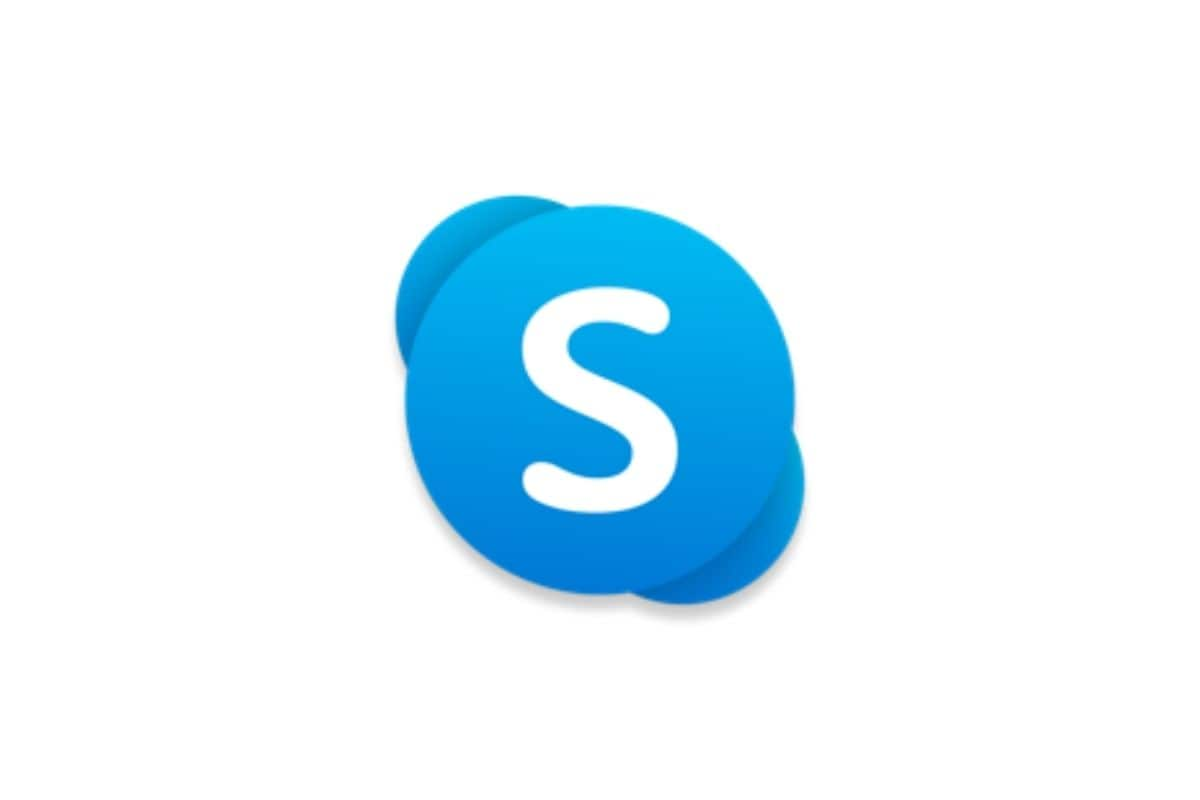

Spanning back to LCS and Office Communicator, through the evolution of Lync and Skype for Business, and now to Microsoft Teams, we’ve worked with each iteration of Microsoft communication technology and have learned the nuances of implementing each new solution correctly.Īs a pure Unified Communications solution, Skype for Business was fairly straight forward with architectural decisions (on-premises vs, cloud-based, high availability architecture, etc.) and functionality (IM/Presence, Web Conferencing, PSTN Conferencing and Calling). Or reach out to us and we can help you plan the next steps.As a Microsoft Gold Communications partner, we’ve had a long history of implementing Microsoft communication solutions into our clients’ business practices. If you haven’t started planning, get started soon. The decision to swap to Microsoft Teams PBX is a great first step into utilizing all the Microsoft Teams functionality.
#Microsoft teams skype for business integration full#
The full integration with SharePoint, Outlook, group chat and calling makes Microsoft Teams an incredibly useful collaboration suite for any small- or medium-size business. If having a desk/handset phone is important to your organization, I would wait until Q2 of this year, or you can make the dive with the Trade up to Teams initiative. Overall, the Microsoft Teams Voice is ready to go. The impromptu screen sharing just became available last quarter and that really completed the offering. Chat – Same features as Skype for Business here.I anticipate most of this working out by Q2 this year. Also, you will need to reset user audio conference pins. The drawback is there is some issue with the audio conferencing and users getting stuck in the lobby. Meetings – The Teams meetings has a lot of the look and feel from the Skype for Business audio conferencing works in the same way.Statuses – The integration of statuses with Teams works better than Skype for Business and the out of office designation works well also.You can run Microsoft Teams in Islands mode to test your admin controls and get your users ready before making the swap. If you just want them to use chat and Voice calling, you can disable some of the team aspects until you are ready to roll it out. As an Admin or decision-maker you need to be sure you have trained your users and disabled features they do not want to use yet. Change management – Microsoft Teams represents much more functionality and features than Skype for Business.Phone system configuration – All of this still uses the Skype for Business Legacy Portal, nothing to see here.Using the App on your desktop or mobile phone works great. If desk phone integration is important you should give this some thought before making the switch prior to Q2 (Polycom phones release in Q2 of this year). Polycom hasn’t released their Teams certified phones yet and there are issues with the call queues and existing desk phones with Microsoft Teams. Voice features – So here is where Teams still needs some work.Just as it was for Skype for Business, all the quality is there with a different interface.

Voice quality– Call quality in Microsoft Teams is great.Here are some things to consider regarding the switch over:

A combination of power shell and changes in the GUI will get you swapped from Skype for Business to Microsoft Teams but are you ready? The act of making the switch in the Office 365 tenant is straightforward. The question that has come up the most lately is whether or make the switch from Skype for Business Voice to Microsoft Teams.įirst, Microsoft Teams is replacing Skype for Business it’s happening and its inevitable– this is an issue you will face sooner rather than later. There has been significant interest in Microsoft’s cloud voice solution and we have written about it in the past. Keystone has extensive experience both using and implementing this voice solution. If you are reading this article chances are you know or have interest in Microsoft Office 365 Cloud PBX (or Cloud phone system– new name– or Office 365 VOIP).


 0 kommentar(er)
0 kommentar(er)
